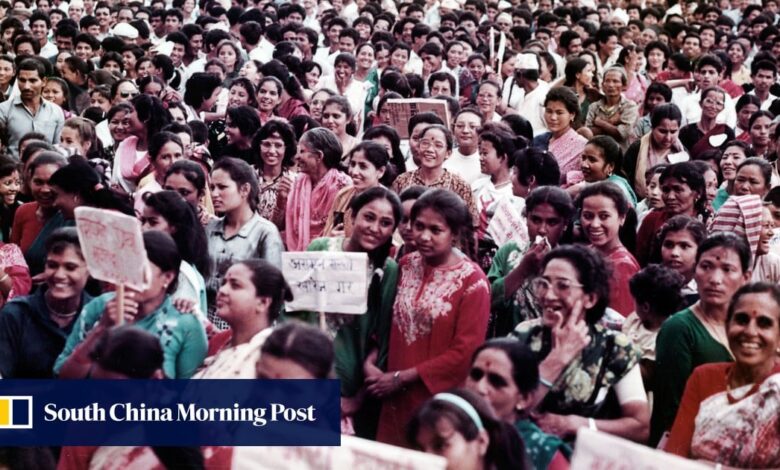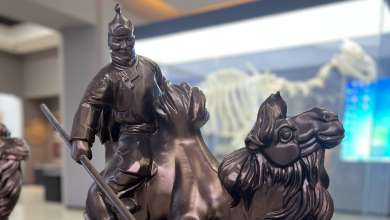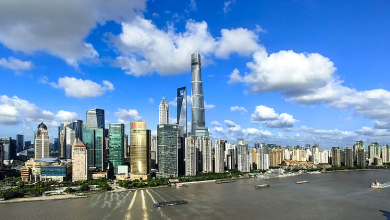In Nepal, a new book memorialises women of nation’s feminist movement: ‘to know is to understand’

“It’s necessary to celebrate, acknowledge and visualise what has happened in the past for young people to witness and have sense of history,” added NayanTara Gurung Kakshapati, the other curator.
Nepal’s feminist movement has a decades-long history – women rallied against the Rana oligarch’s totalitarian regime until its collapse in 1951 and in the following decades demanded for voting rights and access to education, while protesting caste-based discrimination and social oppression. In the 1990s, thousands of women also joined the Maoist armed rebellion against the state to end feudalism, patriarchy and gender discrimination for an equal society.

But the poor recognition of the country’s feminist history has led to intergenerational conflict within the movement, said Kc, which led to the formation of Feminist Memory Project initiated in 2018 by a digital photo archive platform called Nepal Picture Library.
Since then, researchers have combed through nearly 8,000 photos chronicling the country’s sociopolitical landscape through the lens of women from different periods, who inspired the next generation.
“One way the women were becoming feminist in this country was telling and building chronologies about women,” said Kc. “We have [in this book] presented a historical consciousness that’s present in the feminist movement.”
Nepal’s forests and trees bloom under ‘honest, transparent’ female bosses
Nepal’s forests and trees bloom under ‘honest, transparent’ female bosses
Growing up in the 1980s, Pratibha Tuladhar, a storyteller and educator, said she imagined getting a university degree whenever she saw images of her aunts dressed in school uniforms. From the photos of teachers and students from across Nepal in the 1930s, when the Ranas largely banned public education to women attending universities at home and abroad, to the rise of feminist writers and magazines in the latter decades, The Public Life of Women attempts to trace that journey.
“The photos say a lot about the status of women, spoken in the form of their clothes, the shoes and slippers on their feet, their bags, and the light and the darkness, representing hope through their eyes,” Tuladhar said. “That’s why these images are so important. To know is to understand and not take what we have gained for granted.”
Nepal homestays offer tourists food, culture, history while empowering locals
Nepal homestays offer tourists food, culture, history while empowering locals
Though the book aims to catalogue Nepal’s feminist past, its curators acknowledged gaps in documenting women in certain fields, which they said were due to an absence of both personal and institutional archiving. However, Kc said they had made a conscious effort to counter an established feminist narrative – it is often criticised as elitist and lacking diversity – by “starting to tell the working class histories as an important stream of feminist history”.
The Public Life of Women shifts the focus to women spearheading labour and indigenous rights campaigns largely absent from a wider public imagination. They include labour activist Bishnu Ojha demanding maternity leave and equal wages to women from the Tharu community leading a peasant’s revolution against exploitative landlords in the 1980s, the “petticoat protest” against caste-based discrimination in the 1990s, and the Free Kamaiya Movement to abolish bonded labour in 2000.

In the decades that followed, women’s rights in Nepal have witnessed dramatic shifts, with more sociopolitical inclusion. But while the country has had a female president, chief justice, and speaker of the parliament, single mothers still do not have equal rights as men to pass citizenship to their children and women are still banished during menstruation.
Mona Sherpa, a feminist activist and a development practitioner, said that although changes at policy level had been noteworthy, translating those policies into actions in every household, and shifting social attitudes and mindsets, remained a challenge. She said there was still limited engagement and leadership involving women from marginalised and queer communities, as well as those with disabilities, in the rights movement.
“Having rights in legal document is just the first step to the aspired transformation, freedom and dignified life with equal rights,” said Sherpa, the acting country director of the international non-profit CARE Nepal. “We have miles to go to have that sense of equality.”
Nepal’s older LGBTQ people still feel ‘invisible’ despite rights progress
Nepal’s older LGBTQ people still feel ‘invisible’ despite rights progress
The Public Life of Women showcases part of that activism and the accomplishments of Nepali women to achieve those gains. It is an acknowledgement of their existence that has been widely overlooked by society, where men have historically hogged the spotlight.
Sherpa said images of women in The Public Life of Women show the various spectra of women and the contribution they have made in society, instead of the feminine attributes that are “projected, celebrated and romanticised” through media, literature, or society at large. She said these projections of hope, strength, and collective action, as seen in the book, help to encourage other women and change the established narrative.
“We need to tell these stories more … it means a lot to the women’s movement in Nepal and beyond,” Sherpa said.
The extensive collection of archival photos, along with excerpts from some of the women’s journals, books they have authored, and letters, hopes to do just that. Whether of women embarking on foreign travel to attend international conferences in the 1960s or those protesting rape and murder of women in the 1980s, the images resonate powerfully in the present as they did in the past, according to its curators.
“In photographs, you encounter with visions of the future or hopes that people of the past had,” said Kc. “It’s also a confrontation with the future they had imagined, which maybe is our present. It makes you think of what’s happening in the name of feminism now and allows you to compare and take stock, and imagine the possibilities.”






